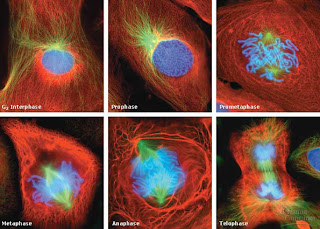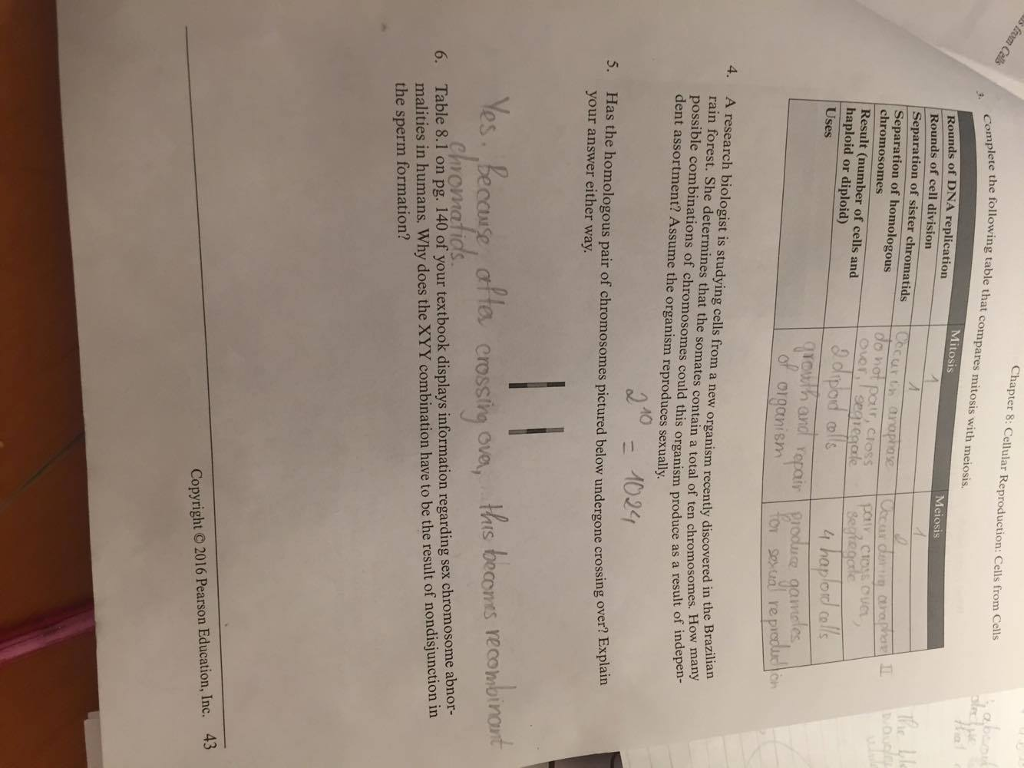

In Xenopus oocytes, incomplete degradation of cyclin B and a low amount of the Wee1 kinase keeps the Cdk activity high. Suppression of the intervening S phase is achieved by maintaining the Cdk activity sufficiently high between two meiotic divisions. In contrast, meiosis consists of two divisions without an intervening S phase, which is essential for reducing the ploidy. This dual function of Cdk ensures only one firing from each replication fork in one mitotic cycle. As a high Cdk activity inhibits the formation of the prereplicative complex, the origin will not be licensed until the mitotic exit.

An increase in Cdk kinase activity, together with Cdc7 kinase activity in late G 1, triggers initiation of DNA replication. The first step, called licensing, allows Mcm2–7 to be recruited to form the prereplicative complex at replication origins only in G 1 when Cdk activity is low. This is achieved by two-step regulation of replication by Cdk ( Tanaka and Araki 2010). This is essential for maintaining the genome stability. In eukaryotic mitotic cycles, chromosome replication and segregation alternate. As many excellent reviews already cover specific aspects of meiosis, this review gives an overview by highlighting key meiotic events and molecular regulation distinct from mitosis. Understanding meiosis is not only important for its own ends, but also provides unique insights into the fundamental regulation of mitosis. Despite the medical importance, little is known about the molecular mechanisms of meiotic chromosome segregation in humans. This is a major cause of infertility, miscarriages, and birth defects, such as Down’s syndrome, in humans. In the case of humans, it is reported that 20% of all eggs are aneuploids, most of which are results of chromosome missegregation in oocytes ( Hassold and Hunt 2001). Missegregation during meiosis results in aneuploidy in progeny or fertilized eggs.

Meiosis generates diversity through two events: recombination and chromosome segregation. This consists of two opposite processes: meiosis, which reduces chromosome numbers from diploid to haploid, and conjugation (fertilization), which restores the diploid state by fusion of two haploid cells. Sexual reproduction is thought to be essential for long-term survival of species, as it generates diversity and mixes the genetic materials within the species. It is essential for sexual reproduction in eukaryotes and diploid organisms and produces gametes, such as eggs and sperm. Meiosis is a special mode of cell division, which makes haploid cells from a diploid cell.


 0 kommentar(er)
0 kommentar(er)
